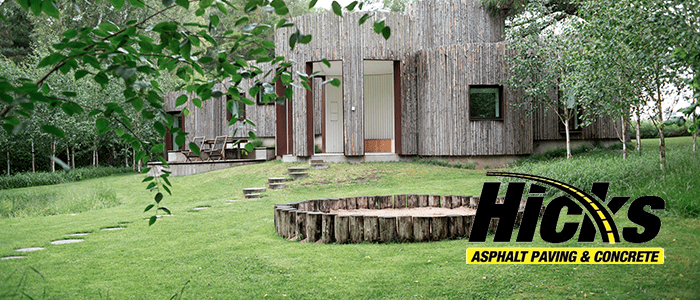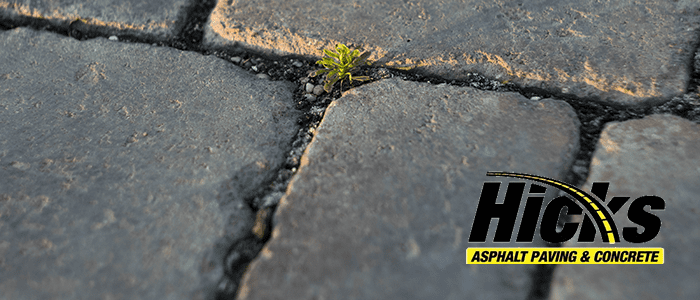It is hard to go through an average day in America without encountering asphalt many times. We are a nation of highways and driveways, to the point that it is part of our national identity. Based on polls conducted by the National Asphalt Pavement Association, at least 90% of all roads in America are paved with asphalt. This week, join us as we explore the timeline of just how America’s obsession with asphalt originated. Read on to learn all about the timeline for the development of asphalt and how it eventually made its way to the United States.
Name Changes
People have referred to asphalt in many different ways throughout the course of the timeline. It is important to understand the various ways that people have named it over the course of time. Obviously asphalt or asphalt pavement is the most common and modern, but there are many more options.
- Blacktop
- Tarmac
- Macadam/Tarmacadam
- Plant Mix (As in, an asphalt plant)
- Asphalt Concrete (this one is out of use now to avoid confusion between asphalt and concrete)
- Bituminous Concrete (Bitumen is the black, sticky, binding part of asphalt)
Ancient Origins
Historians found evidence of roads as far back as 615 BCE in ancient Babylon. Ancient forms of asphalt tend to be bitumen heavy, with very little aggregate. It would have been closer to tar than modern asphalt. There is also evidence of asphalt and paving in ancient Greece. Then, the Romans inherited that knowledge from the Greek culture. Rome loved asphalt for sealant in baths and aqueducts.
The Next Step
After the fall of Rome, western culture did not really retain the knowledge of asphalt and its many uses. However, components of asphalt, and even usable asphalt occurs naturally in asphalt lakes and rock asphalt. Multiple times over the course of history, Europeans stumbled upon natural asphalt deposits multiple times. However, they never took to it as the ancient cultures did.
The Origin Of Tarmacadam
Tarmacadam is the grandfather of modern American asphalt, and was brought into the world courtesy of Scotsman John Loudon McAdam. McAdam was responsible for caring for a well-driven road in Scotland and he took his job very seriously. His original plan was crushed rock. However, McAdam’s crushed rocks produced huge amounts of dust. He realized that pouring tar over the top of the rock bound it together and stopped the dust from billowing everywhere. Scotsmen called the mixture of crushed rock and tar “tarmacadam”.
Journey To America
Edmund J. DeSmedt was responsible for the explosion in use of asphalt in the 1870s. Asphalt had been in America since the 1840s or 1850s, but DeSmedt used the asphalt to pave a portion of road in Newark, New Jersey. The new road went 1870s viral, and other cities began clambering for paved roads. In fact, DeSmedt would go on to pave Pennsylvania Avenue in Washington D.C.





